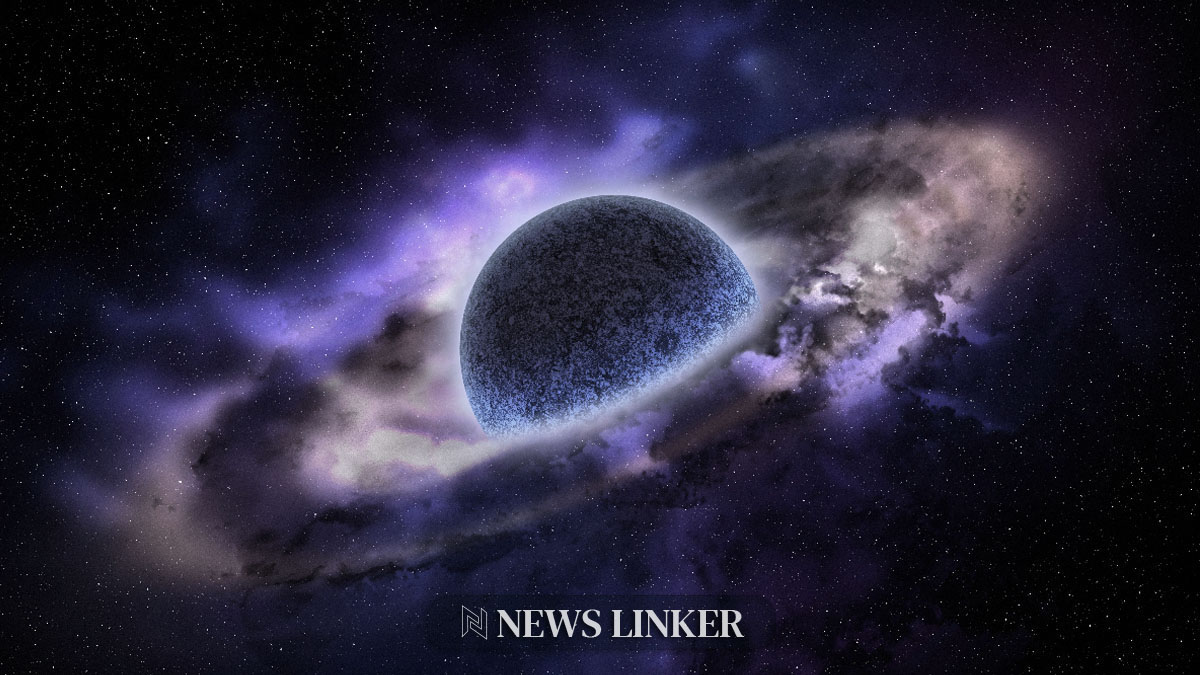The anticipation of the solar eclipse on April 8th is high, with millions situated within and nearby the path of totality, stretching from Mexico through the United States to the Canadian Maritimes. This natural phenomenon will not recur for this generation, making it a singular event for many. Clear skies are essential for the best viewing experience, and amidst varying climate predictions, enthusiasts and scientists alike monitor weather patterns as the day approaches.
Over the years, numerous reports and analyses have tracked the paths of solar eclipses, their visibility conditions, and the science carried out during these celestial events. Eclipses have historically inspired awe and provided unique opportunities for scientific observation and public engagement with astronomy. Observatories and amateur astronomers alike plan for these events well in advance, seeking out optimal locations for viewing and contributing to the body of knowledge surrounding solar activity and its interaction with Earth.
What Influences Eclipse Visibility?
Prevailing weather conditions play a crucial role in the visibility of solar eclipses. Contrary to typical early April weather predictions, the upcoming solar event may present clear skies in New England and potential cloud cover in the southwestern track. To ensure the best viewing experience, eclipse watchers are advised to access current satellite imagery and forecasts, as partial cloudiness may not entirely hinder the spectacle. Past experiences, such as the 2017 eclipse viewed through the clouds in North Carolina, demonstrate that memorable views are still possible under less-than-ideal conditions.
How Does Solar Activity Impact Eclipses?
Solar activity, a variable that can enhance the eclipse experience, is expected to be heightened due to the impending peak of Solar Cycle No. 25. Sunspots and solar phenomena can add a dynamic element to the partially visible Sun before totality. In the realm of academia, a study titled “The Dome of the Corona” published in the Journal of Atmospheric and Solar-Terrestrial Physics, explores the intricate structure and dynamics of the solar corona, which is only visible from Earth during a total solar eclipse. This research provides insights into the nature of solar activity, which is particularly relevant on eclipse day.
What Can We Expect from the Corona?
The solar corona, with its unique configuration during each eclipse, offers a captivating sight for both seasoned and novice observers. Predictive models suggest that the upcoming eclipse will reveal a remarkable corona display. In addition to the corona, transits of the International Space Station across the eclipsed Sun represent another astronomical event that can be anticipated and observed.
What Strategies Aid Last-Minute Eclipse Chasing?
Mobility is crucial for successful eclipse chasing, with strategies resembling those of a well-planned heist. The potential need to outmaneuver cloud cover has led to tales of enthusiasts taking impromptu measures, including driving down remote roads or even running to clear vantage points.
What Celestial Events Accompany Totality?
The brief period of totality offers a chance to observe additional celestial bodies, with planets like Jupiter and Venus becoming visible, alongside stars of +1st magnitude. Observers might also catch a glimpse of Comet 12P Pons-Brooks, which could become more prominent with an unexpected outburst.
How Does Animal Behavior Change During Totality?
Totality can induce notable shifts in animal behavior, with creatures displaying reactions typical of nightfall. Observers in 2017 reported a sudden emergence of mosquitoes during the midday darkness, highlighting the broader impact of eclipses on the natural world.










